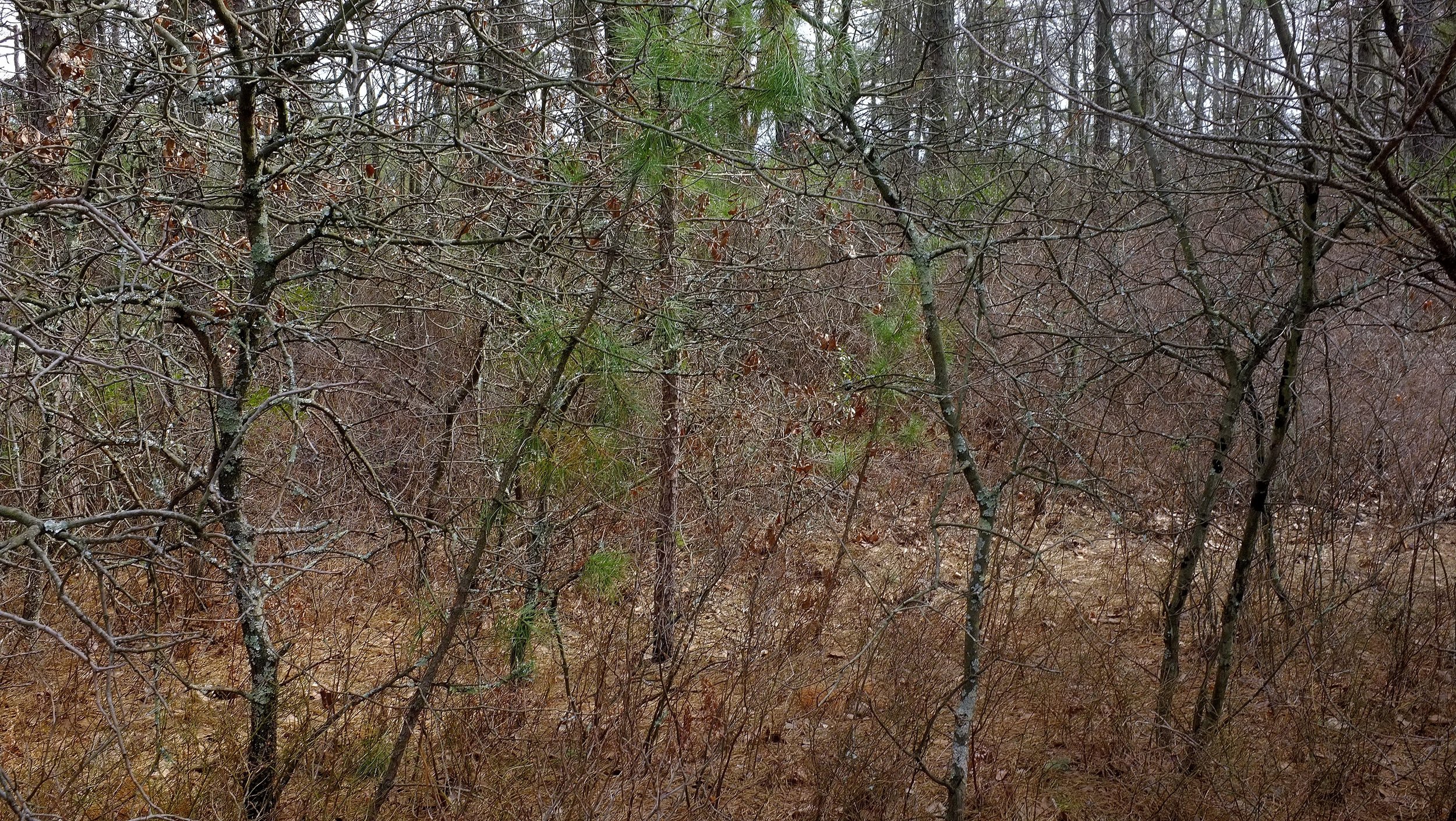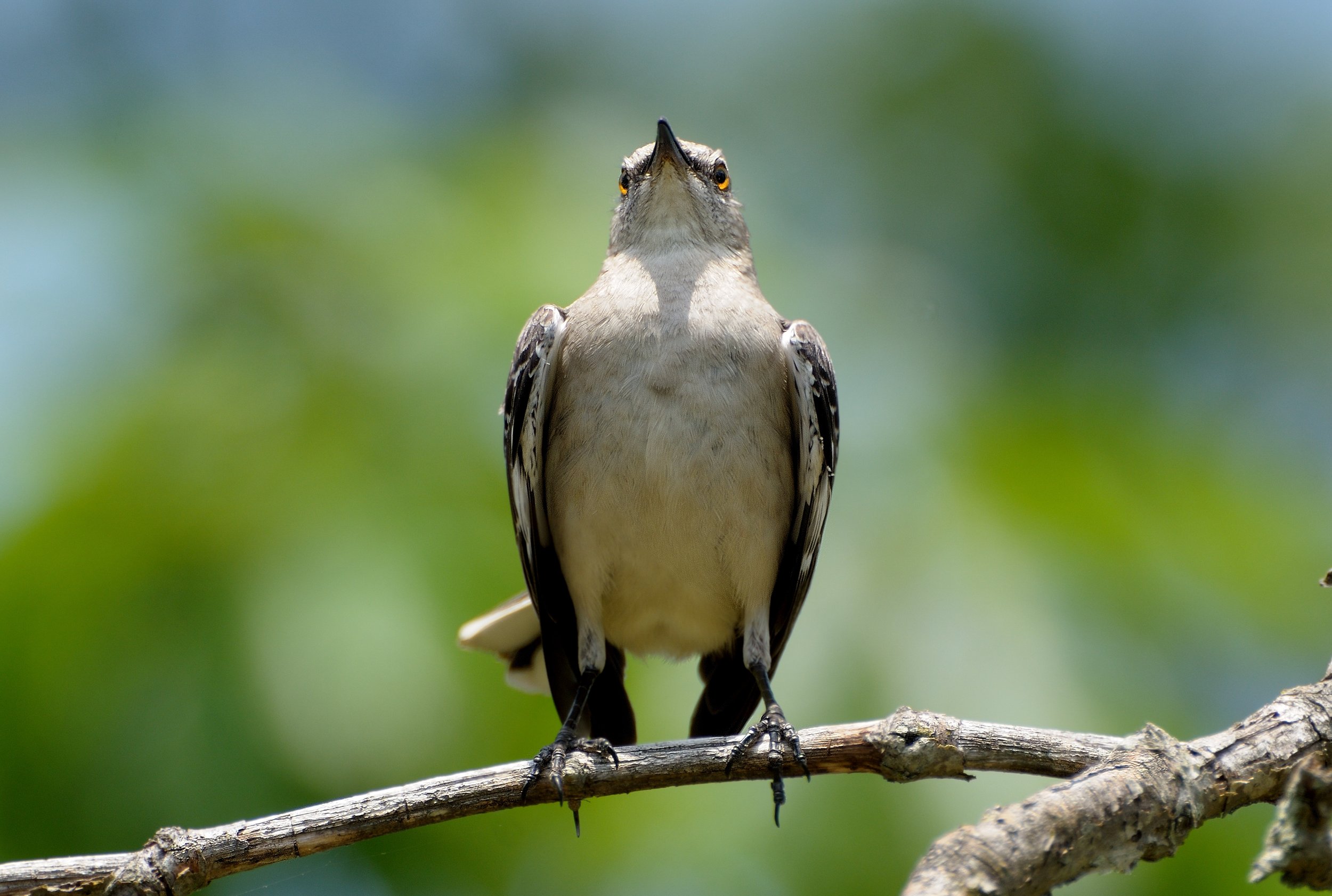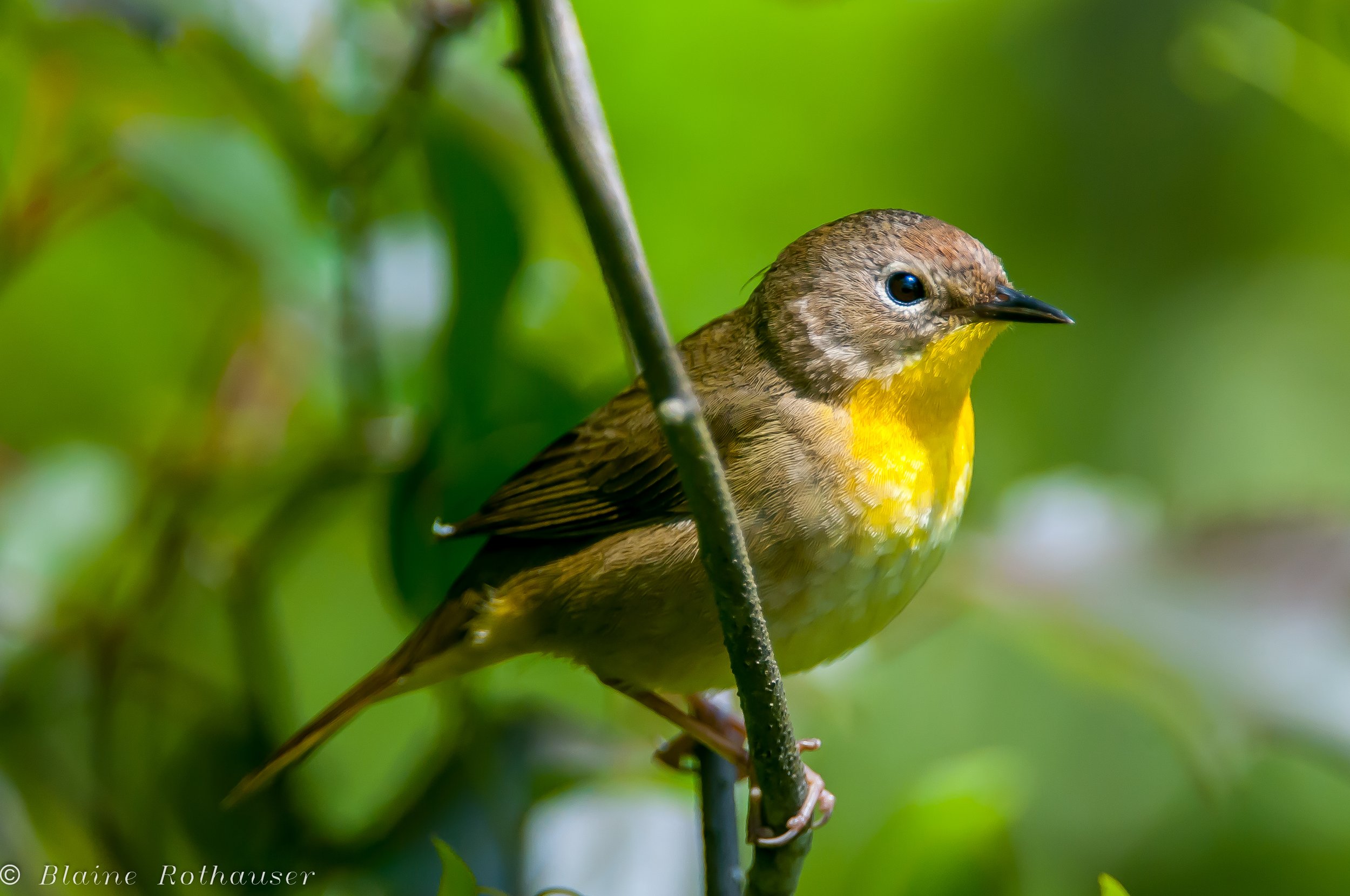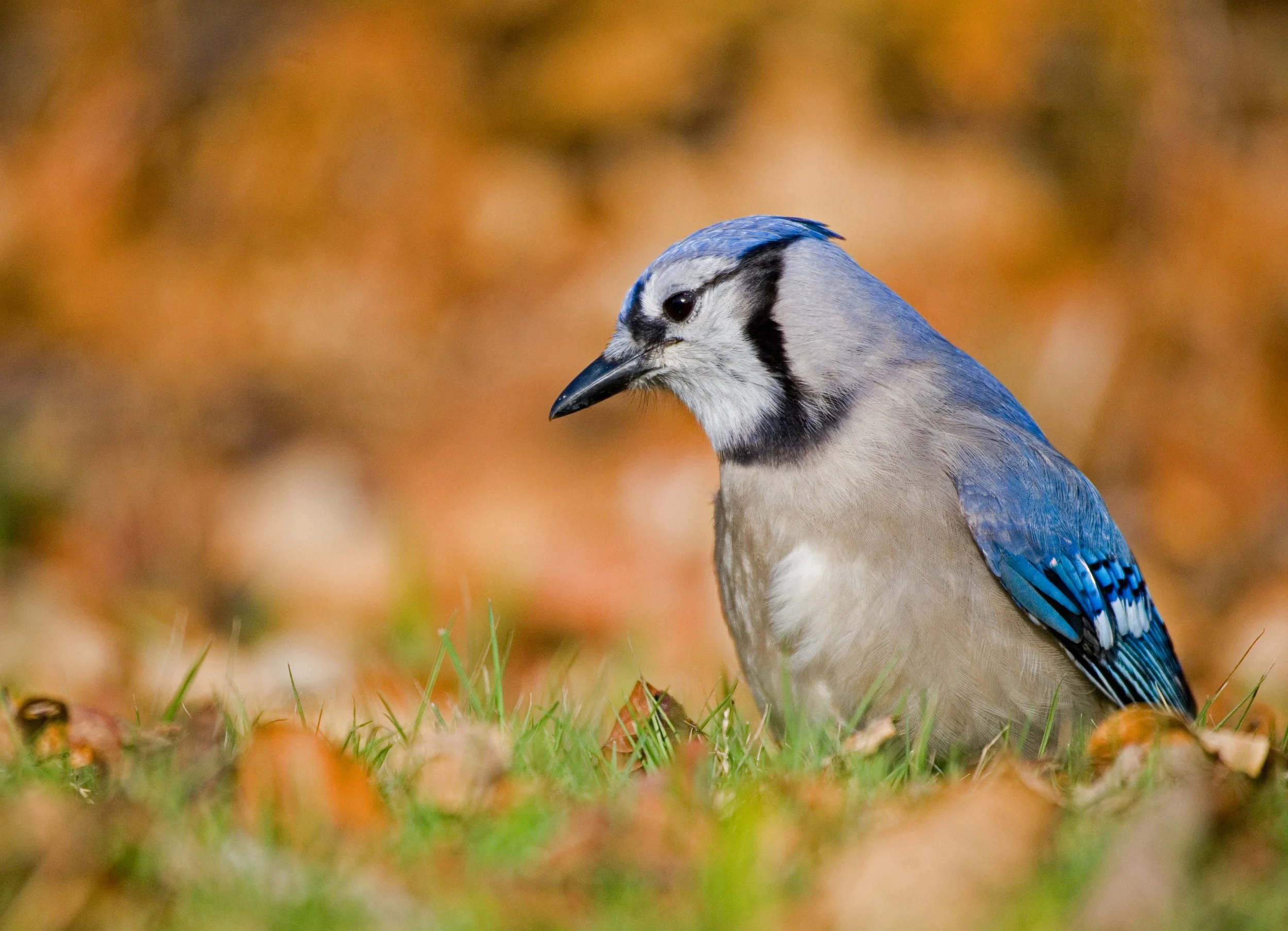
Birds on the Edge refer to those species that represent the ecotone.
An Ecotone is a transition area between two environmental communities where they meet and integrate. Forest edge and field, pond edge and meadow, sphagnum bog against a shrub-carr mosaic, all ecotones. It’s an area of increased species richness across all taxa groups, not just birds. Makes sense - if an area is built to sustain more insect species than it’s likely you’ll find more insectivores there, in turn you’ll find more species that interact with insectivores and on up the chain we go…
Ecotones Rule!
Canada Goose on Nest
“On the Edge”
Yes - Blaine enjoys a good cigar on the weekends
The birds exhibited below are those that work both sides of the ecotonal aisle. They’re happy hanging around your house in a planted spruce (Chipping sparrow) or those that gladly find a wet sod lawn conducive with its long history with the earthworm (American robin). While just over the opposite side of the edge a blue grey gnatcatcher is pulling silk from a webworm pile to line its nest over some horizontal steam edge branch. The chickadee, Carolina wren, and catbird are totally at home working in and out of the edge all day skulking for insects and caterpillars tethered to the native trees and shrubs that makeup the human-nature interface. While house sparrows and mockingbirds find refuge on the human side of this imaginary 78th parallel where shelter and scraps are readily available. Others like great horned owl and rufous-sided towhees are more stealthy in their relationship with the edge of the edge, only presenting occasionally when forced into view from human intrusions or predator interactions.
The edge is a place where diversity comes to party. You never know who is going to crash it - I’ve come to find the edges my favorite place to photograph and naturize. The birds displayed here are just a few examples of the endless possibilities one might see on a casual walk along a farm field path against a shrubby wooded edge. Enjoy the show!
Birds on the Edge
Carolina Wren Vocal BOE 1
Chickadee in Flight BOE 2
House Sparrow Male Portrait BOE 3
Blue-gray gnatcatcher BOE 4
Eastern Towhee BOE 5
American Robin Splashing BOE 6
White Breasted Nuthatch Male Profile BOE 7
Mockingbird Staredown BOE 8
Common Yellowthroat Warbler Female BOE 9
Bluejay Lookdown BOE 10
Great Horn Owl Sleepy BOE 11
Red-wing Blackbird off Cattail BOE 12
Chipping Sparrow Spruce BOE 13
American Robin Portrait of a Female BOE 14
Catbird showing off Rump Color BOE 15
Red-tailed Hawk Adult Stare BOE 16
Catbird Sumac BOE 17
Wild Turkey Hen BOE 18






















